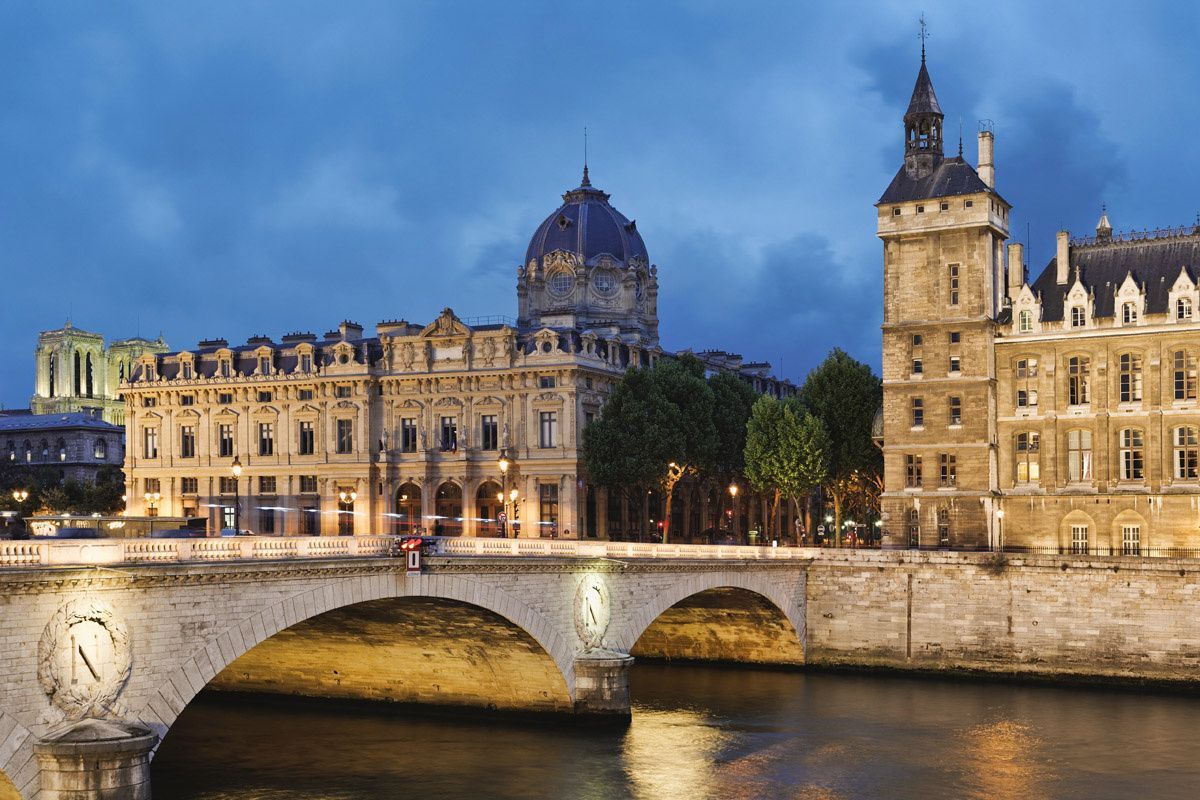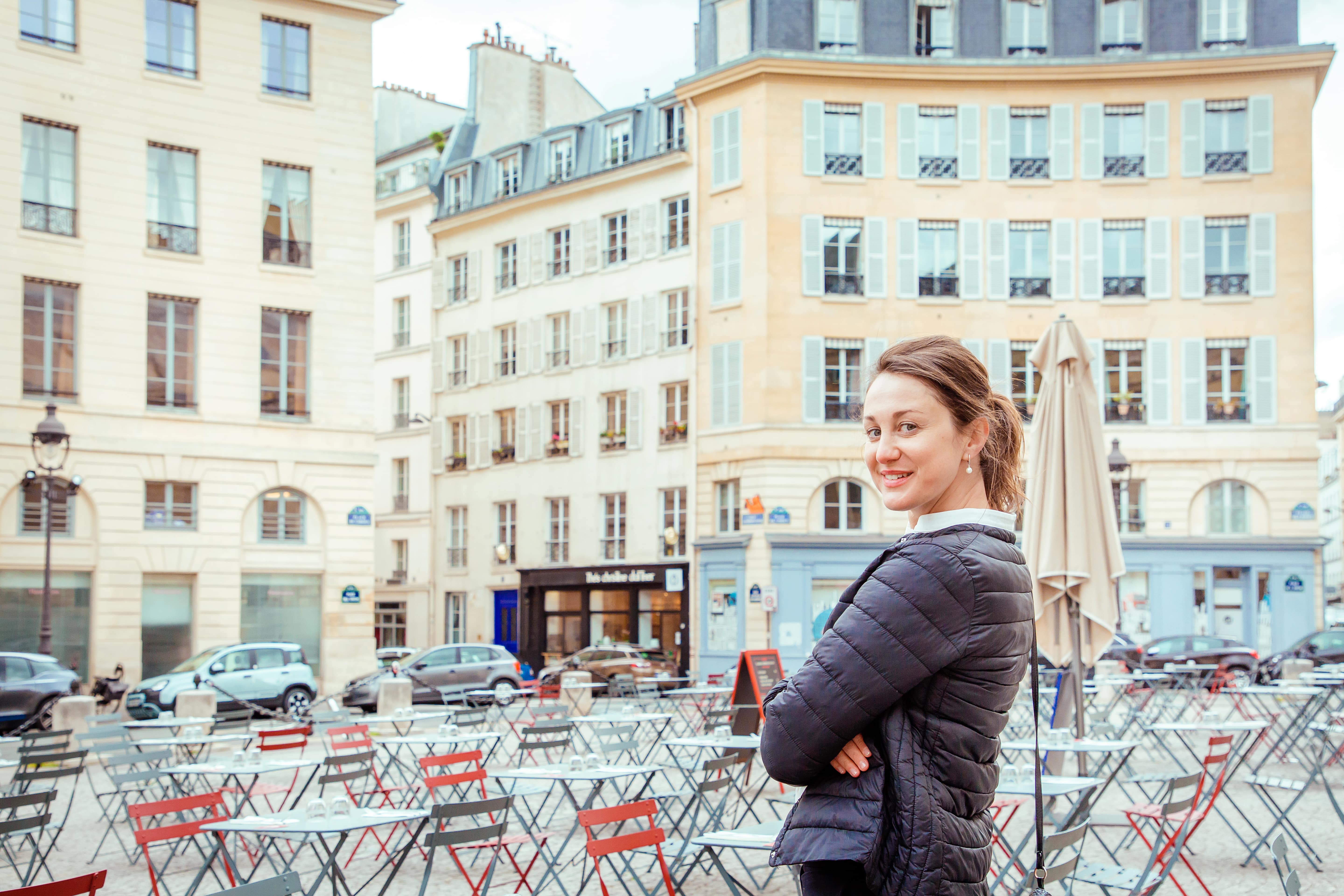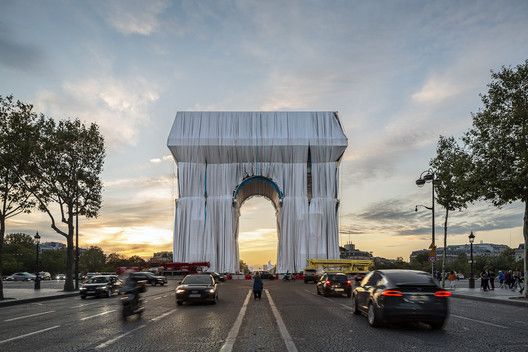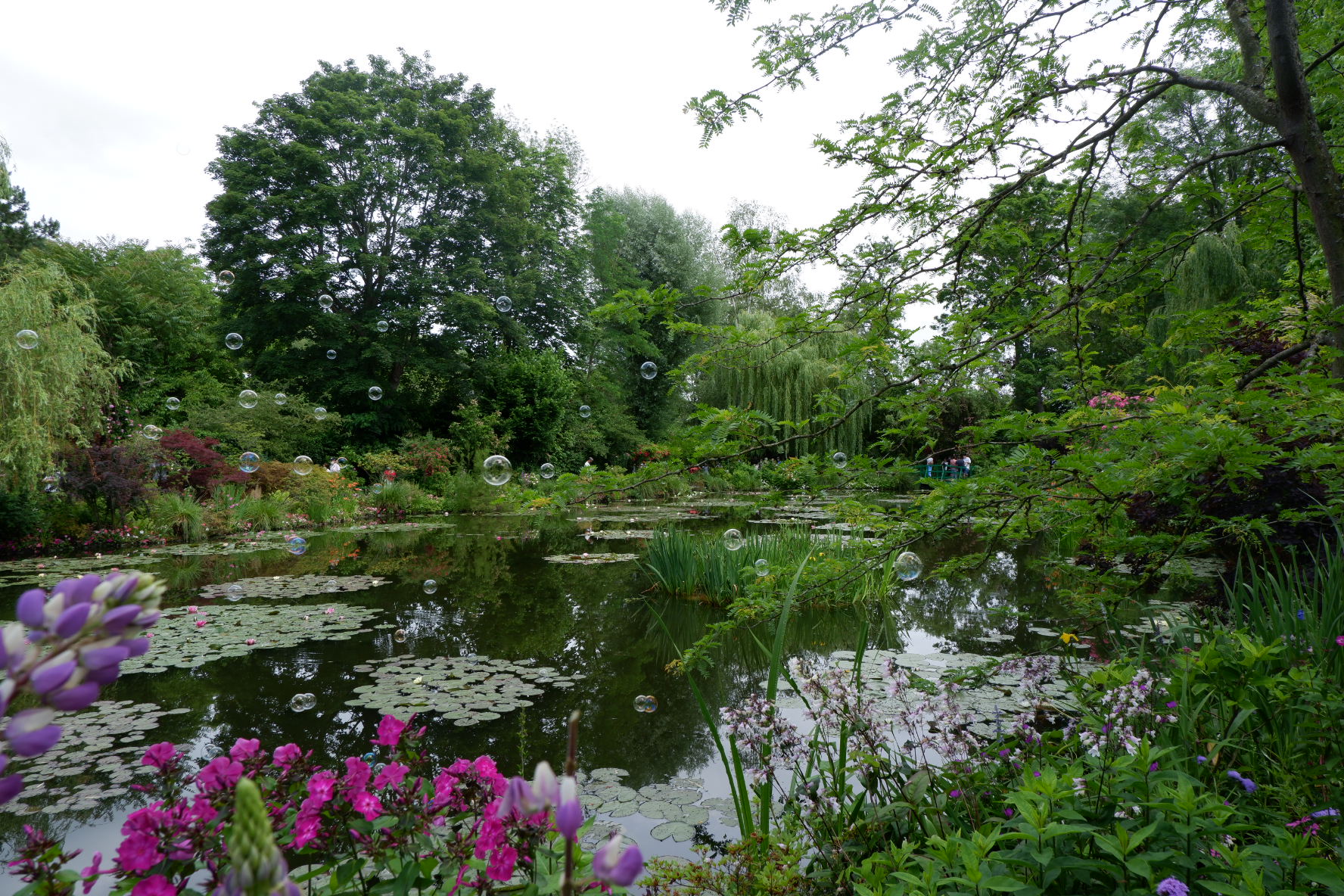L’Art de vivre
à la française
à la française
L’Art de vivre
à la française
Paris through epochs
Paris through epochs. The imaginary voyage.
Welcome, my dear visitor, to the imaginary voyage in time and space, on the way to discover Paris through epochs.
Actually, Paris belongs to those rare cities that had managed to preserve its ancient patrimony. Still today there are places untouched by the life dynamics here. Happen to interest in antiquity? – welcome to Paris. Are you fond of ancient archeological sites? – welcome again. Curious to feel the authentic medieval atmosphere – it’s just the perfect place to be.
Obviously, today Paris had become sufficiently diversified and transformed. When I walk through its numerous quarters I have an impression of crossing different epochs and cultures. It is what makes Paris so special.
Anyway, let us start our voyage from the beginning.
Birth
When was Paris born actually? The answer is ambiguous. Should we start with the Mesolithic era, the Neolithic occupations, or 4500 BC year old inhabitants, making agriculture along the Seine? By the Bronze age or the age of iron? One thing is certain - archaeological evidence of human settlements in Paris is numerous. The main discoveries come from the banks of the Seine thus illustrating its important role in the birth and existence of the future city.
However it is too far and too long a story. I don’t want you to be bored or tired, my dear adventurer, so let’s get better closer to the origin of the name “Paris”.
Once upon a time (in about 200 years BC) there was a Celtic tribe, called the Parisii. They set up the small island in the middle of Seine. They did fishing, trade and agriculture. Today this island is the historic Ile de la Cite, the heart of the city, and the oldest inhabited site in Paris. The name “Paris” came actually from the tribe’s name.
Eventually, our journey brings us in 52BC. A roman army led by Titus Labienus conquers the area and establishes Gallo-Roman town Lutetia. The Romans took the freedom away from Parisii, but in their turn, they brought with them rich culture, grand monuments, roads, amphitheaters, thermes, forums, their lifestyle in the end. That Gallo roman union was possible on one condition - an acknowledgment of the power of the Roman emperor. It was the time of prosperity and city evolution.
From the middle of the 3rd century until the end of the 4th the Roman Empire started to decline. The necropolis of the High Empire and most of the public monuments are abandoned; the living quarters are deserted. Along with the decline of the Roman Empire the period of uncertainty, instability came. The future was obscure. The newborn city was to find its place and authenticity…
Here below you’ll find destinations I would recommend visiting in Paris if you want to go deeper into antiquity.
1. The Carnavalet museum
Since 1880, Hôtel Carnavalet has housed the museum dedicated to the history of Paris.
Today, the archaeological collections presented behind its walls trace the most distant origins of the capital. The first part presents the prehistoric discoveries, in particular the two Neolithic canoes, as well as remains from the Bronze Age. The Gallic period is represented by several copies of the gold coinage attributed to the Parisii. The section devoted to Antiquity presents, among other things, important sculpted architectural blocks attributed to the forum, as well as panels of wall paintings from Gallo-Roman houses.
Numerous models presented there help to imagine the town planning of the ancient city as the daily life of the first Parisians.
Should be mentioned that Carnavalet museum is currently closed for the renovation. Its opening is scheduled for 2021 instead of planned 2020.
2. The museum of Cluny
Before the Carnavalet museum, the Museum of the Thermes de Cluny was used as a place of conservation of ancient blocks coming from the Roman era. Here you’ll find the Saint-Landry Pillar discovered in the 19th century, as well as the famous Nautical Pillar, discovered under Notre-Dame de Paris.
3. The archeological crypt of Notre Dame
It is one of the largest crypts in Europe that lies under the square in front of Notre Dame. The remnants of foundations and artifacts dating back to Roman times were found there during the excavations in the 19th century. It is temporarily unavailable due to the restoration of the cathedral, I’ll be keeping you updated as to its opening time.
Have an exciting immersion! See you in the voyage to the middle ages of Paris!
La versione in Italiano.
Parigi attraverso le epoche. Un viaggio immaginario.
Benvenuto, mio caro visitatore, nel viaggio immaginario nel tempo e nello spazio, alla scoperta di Parigi attraverso le epoche.
In realtà, Parigi appartiene a quelle rare città che erano riuscite a preservare il suo antico patrimonio. Ancora oggi qui ci sono luoghi non toccati dalle dinamiche di vita. Ami l'antichità? - Benvenuto a Parigi. Curioso di sentire l'autentica atmosfera medievale, - Parigi è un posto perfetto anche per questo.
Ovviamente, oggi Parigi si era sufficientemente diversificata e trasformata. Quando percorro i suoi numerosi quartieri ho l'impressione di incrociare l’epoche e culture diverse. È ciò che rende Parigi così speciale.
Comunque, partiamo dall'inizio.
La Nascita
Quando è stata effettivamente? La risposta è ambigua. Dovremmo iniziare con l'era mesolitica, le occupazioni neolitiche o gli abitanti di 4500 anni A.C., che fanno agricoltura lungo la Senna?
Una cosa è certa: le prove archeologiche di insediamenti umani a Parigi sono numerose. Le principali scoperte provengono dalle rive della Senna, e illustrando così il suo importante ruolo nella nascita e l'esistenza della futura città.
Tuttavia, è una storia troppo lontana e troppo lunga. Non voglio che tu sia annoiato o stanco, il mio caro avventuriero, quindi avviciniamoci meglio all'origine del nome "Parigi".
C'era una volta (circa 200 anni aC) una tribù celtica, chiamata Parisii. Loro hanno installato la piccola isola nel mezzo della Senna. Adoravano la pesca e l'agricoltura. Oggi quest'isola è la storica Ile de la Cite, il cuore della città e il più antico sito abitato di Parigi. Il nome "Parigi" deriva in realtà dal nome della tribù Parisii.
Alla fine, il nostro viaggio ci porta nel 52 a.C. Vediamo Giulio Cesare che conquista la zona e fonda una città gallo-romana chiamata Lutetia. I romani tolsero la libertà a Parisii, ma a loro volta portarono con sé una ricca cultura, grandi monumenti, strade, anfiteatri, terme, fori, il loro stile di vita. Quell'unione gallo-romana era possibile a una condizione: un riconoscimento del potere dell'imperatore romano. Era il periodo della prosperità e dell'evoluzione impressionante della città.
Dalla metà del III secolo fino alla fine del IV l'Impero Romano iniziò a declinare. Le necropoli dell'Alto Impero e la maggior parte dei monumenti pubblici sono abbandonati; gli alloggi sono deserti. Insieme al declino dell'Impero Romano arrivò il periodo di incertezza, instabilità. Il futuro era oscuro. La neonata città doveva ritrovare il suo posto e la sua autenticità ...
Di seguito troverai le destinazioni che consiglierei di visitare a Parigi se vuoi approfondire la conoscenza nel’antichità.
1. Il museo Carnavalet
Dal 1880, l'Hôtel Carnavalet ospita il museo dedicato alla storia di Parigi.
Oggi, le collezioni archeologiche presentate dietro le sue mura tracciano le origini più lontane della capitale. La prima parte presenta i ritrovamenti preistorici, in particolare le due canoe neolitiche, oltre a resti dell'età del bronzo. Il periodo gallico è rappresentato da diverse copie della moneta d'oro attribuita ai Parisii.
I numerosi modelli qui presentati aiutano a immaginare l'urbanistica della città antica come la vita quotidiana dei primi parigini.
2. Il museo di Cluny
Prima del museo Carnavalet, il Museo delle Thermes de Cluny era utilizzato come luogo di conservazione di antichi blocchi di epoca romana. Qui troverai il pilastro di Saint-Landry scoperto nel XIX secolo, così come il famoso pilastro nautico, scoperto sotto Notre-Dame de Paris.
3. La cripta archeologica di Notre Dame
È una delle cripte più grandi d'Europa che si trova sotto la piazza di fronte a Notre Dame. I resti di fondamenta e manufatti risalenti all'epoca romana sono stati trovati lì durante gli scavi nel XIX secolo. È temporaneamente non disponibile a causa del restauro della cattedrale, ti terrò aggiornato sull'giorno di apertura.
Buona immersione! Ci vediamo nel viaggio nel medioevo di Parigi!







